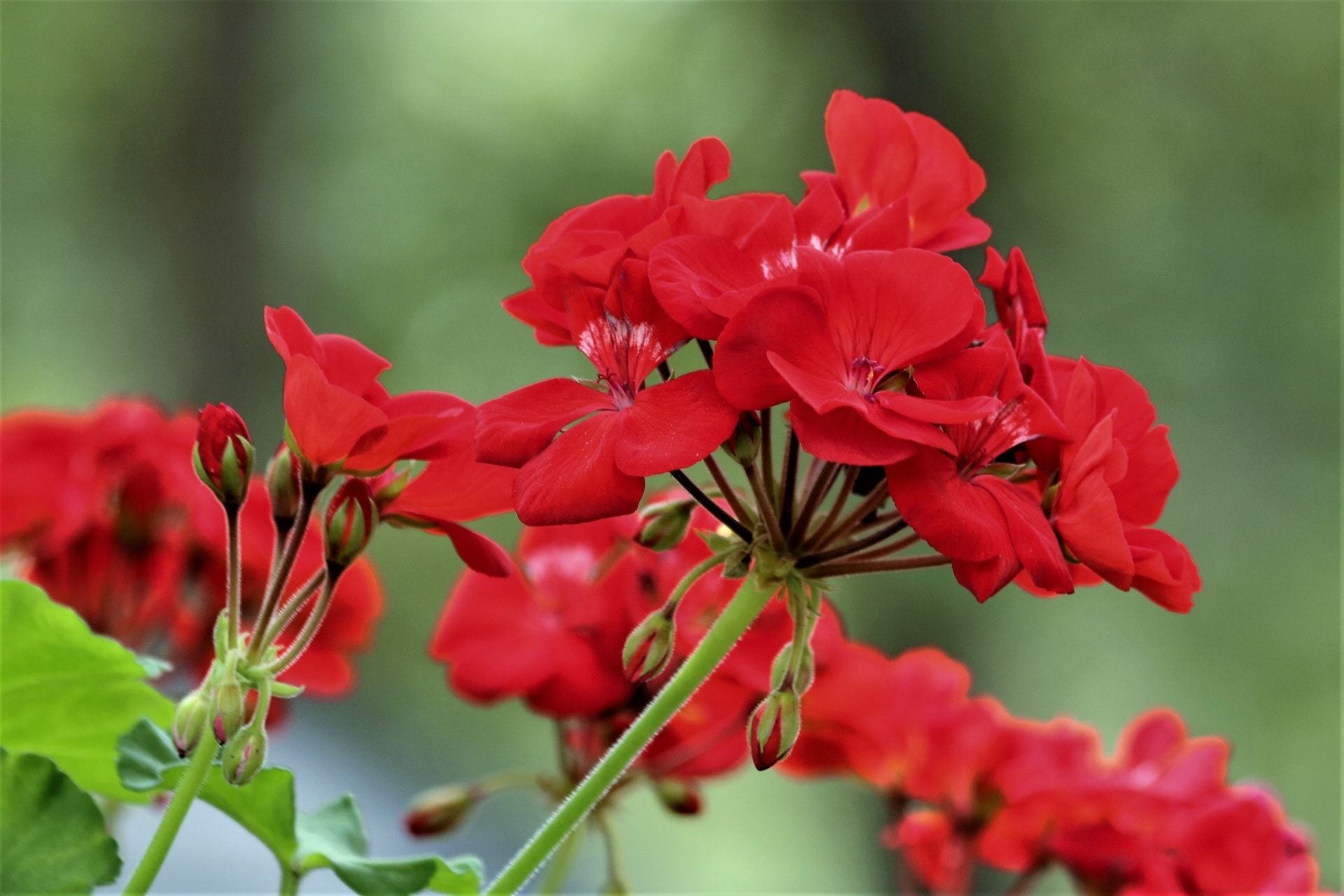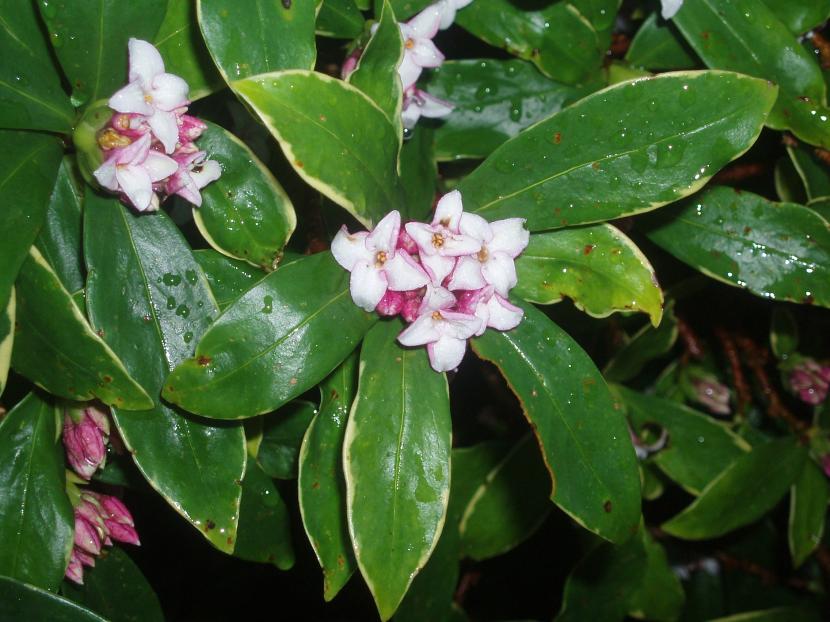
Geraniums are very beloved plants. On a balcony or patio they are perfect. Although it is true that they need protection against frost, if necessary they can be kept at home during the winter without problems. As soon as the temperatures improve, they are taken outside and then you just have to wait for them to give flowers.
But sometimes this does not happen. In fact, if they're having a hard time for any reason, those flowers take time to appear. Fortunately, There are several tricks for geraniums to flourish that are easy to put into practice.
Put them in an area with light
These precious plants cannot flourish without light. Is it must be naturalIn other words, it must come from the Sun, since the house light is not intense enough to stimulate the growth of geraniums. But be careful: do not expose them to the king star directly if they were previously in the shade or indoors, since the next day you would see that their leaves are totally or partially burned.
Still, it is very important that you know that can bloom in semi-shade (not total shade), something that is undoubtedly interesting when living, for example, in an apartment where the sun's rays do not reach well.
Give them space
When we buy a plant we have to think that, almost certainly, it has been in that pot for a long time. This must be the case, since the nursery is not interested in selling young specimens without rooting, since these are generally very small. This is not a problem; What's more, it's perfect, since it helps you, as a buyer, get a healthy plant that you can easily transplant.
But it is not always transplanted. And this is a disadvantage for the geranium. The roots will grow until they run out of soil and space. When that happens, there will be no more growth and no flowers. Because they need to be moved to larger pots from time to time, or planted in the garden if the weather is warm or mild, and the land drains water well.

Fertilize your geraniums

Especially if you have them in pots, it is recommended that you fertilize them in spring and summer. And there is going to come a time when there will be no need to transplant them, since geraniums are relatively small plants. What's more, the usual thing is that they are in containers of a maximum 30 or 40 centimeters in diameter.
So, so that the roots do not run out of nutrients, and incidentally to get to enjoy the flowers again, we will fertilize them with any of these fertilizers:
- Organic fertilizersAnyone will do. Compost, humus, green manure, guano, herbivorous animal manure, egg and / or banana shells, ... Add a handful per plant, and if you want, mix it with the most superficial layer of the earth.
- Fertilizers (chemical fertilizers): to make them bloom, we recommend one for flowering plants, or one specific for geraniums (for sale here). Read the »How to use» label to know how to use it, how often and what dose to apply; thus there will be no risk of overdose.
Water only when necessary
Yes, I know: with this it seems that it is not saying anything to you. And of course it doesn't have much of a trick… or maybe it does? Well, it depends on how you look at it. Controlling risks is not an easy task. It is not something that is learned overnight. There are many things to keep in mind: the climate of the area, the type of substrate or soil that the plant has, the size of the above, whether it is outside or inside the house, ...
To begin with, geraniums do not like to have the ground completely dry, but they would not bear having their roots waterlogged either. It should be noted that the most superficial layer, when exposed, dries quickly, but those that are further inland remain wet longer. For this reason, it is important to check the humidity of the soil, and there are several ways to do it: with a meter, inserting a thin wooden stick, or even if it is in a pot simply by picking it up as soon as it is watered and again after a few days.
What water to use? Ideally, it would be the rain one, but since it is not always easy to get it, it may be the one that is suitable for human consumption, or the tap if it can at least be used for cooking without having to boil it first.
Perform preventive treatments against the geranium butterfly

Image - Wikimedia / Carlos Delgado
La geranium butterfly, whose scientific name is Cacireus marshalli, is an insect that causes a lot of damage to our favorite plants. During its larval phase (you will see small green larvae) pierces the stems and eats the inside of them, with which, the geraniums stop growing, and of course also produce flowers.
An effective way to prevent this from happening is performing treatments in spring and summer with Cypermethrin 10%, or with a specific one against this enemy of the geranium (you can buy it here). Follow the instructions that will be specified on the package, so you can forget about this pest.
Prune your geraniums
Late winter it is very interesting to prune them to get them to take out more stems, from which new flowers will emerge. These pruning should not be drastic; namely, we do not have to cut the stems almost at ground level because we would probably load the plant. What you do have to do is reduce the length of them a bit. For example, if they measure 20 centimeters, remove 5cm from them; if they measure 40cm, we remove 10cm from them.
Use pruning shears that are clean and disinfected. It is also advisable to seal the wounds with healing paste, especially if it usually rains in your area in that season, since this prevents infections.
As you see, there is not just one trick to make geraniums bloom, but there are a few more. Although more than tricks, they are tips that we sometimes overlook and that in Jardinería On we want to offer you. In this way, we hope that you can enjoy the flowers of your plants again.
Thank you very much for your advice, I have a couple of months going to your page, and they have helped me a lot since I am just beginning to have plants thank you very much excellent work greetings to all your team
Hi Alejandra.
Thank you very much for your words. We are very happy to know that we are helping you to have healthy plants.
Regards!
Fantastic page! Greetings
Thanks Sil. We are glad you like it!
Hello, I would like you to recommend me which plants are for natural light, the sun does not come on my terrace, only natural light ... thank you
Hello, Marina.
Many plants can be in bright areas but without direct sun. For example, geraniums, rose bushes, begonias, ferns, jasmine, ...
Regards!
good teaching. It is of great help to me.
Thank you very much, Zenobia. We like to know that it has been useful to you. 🙂